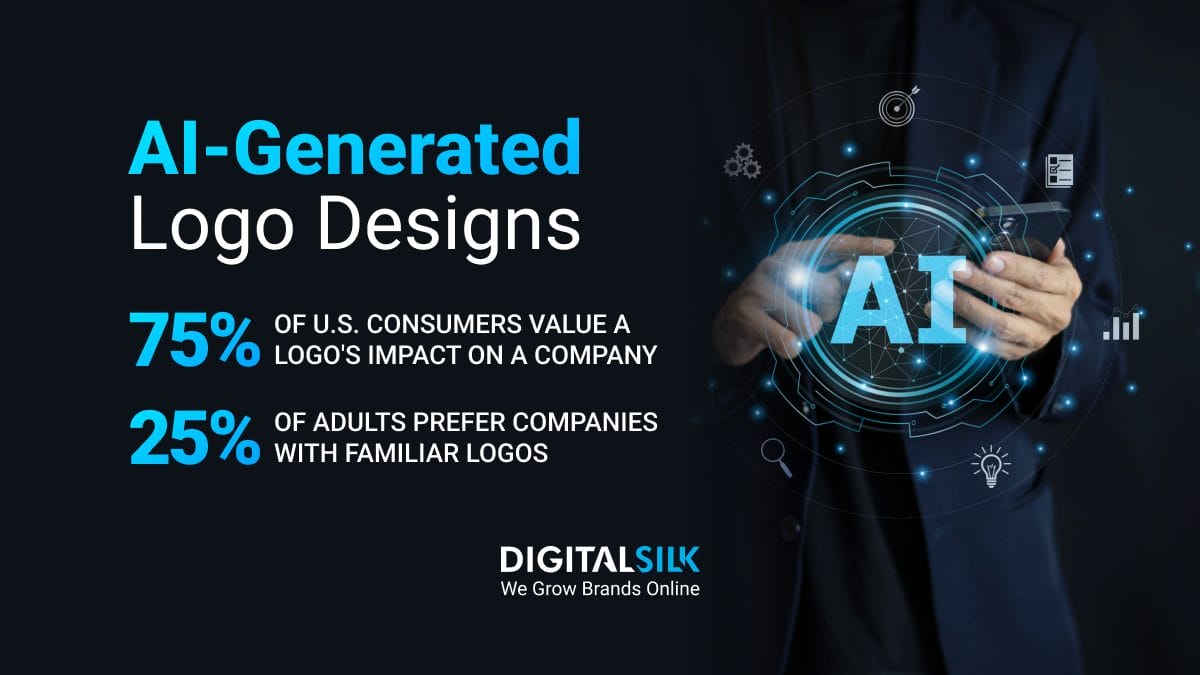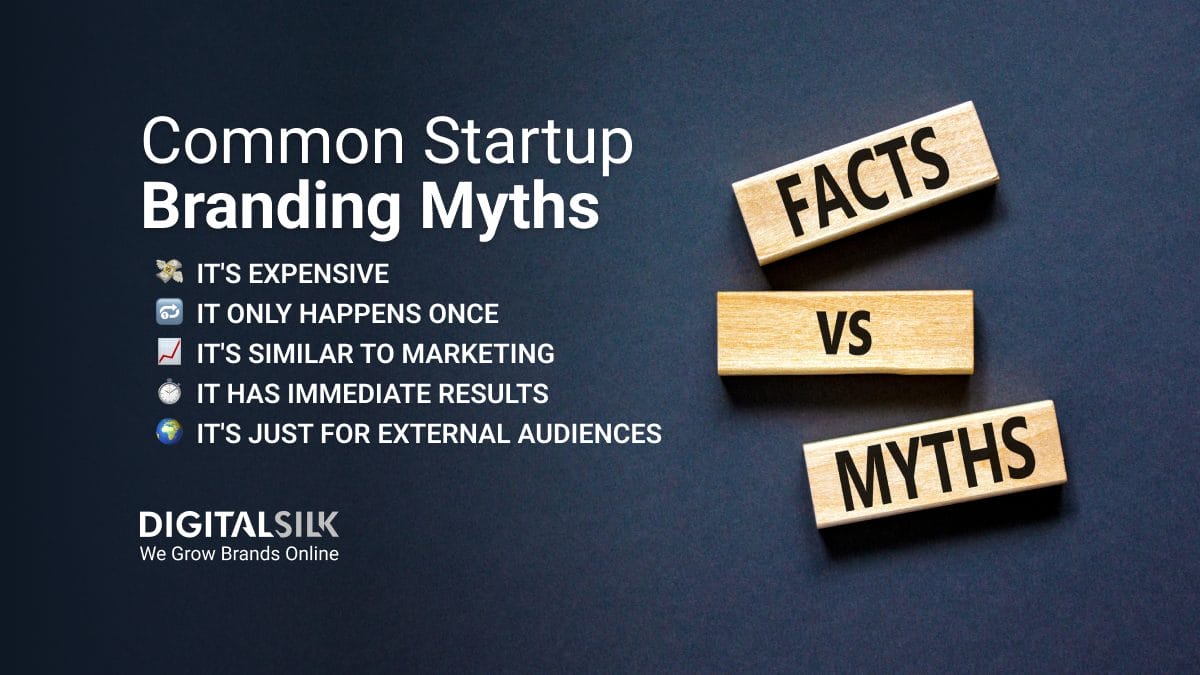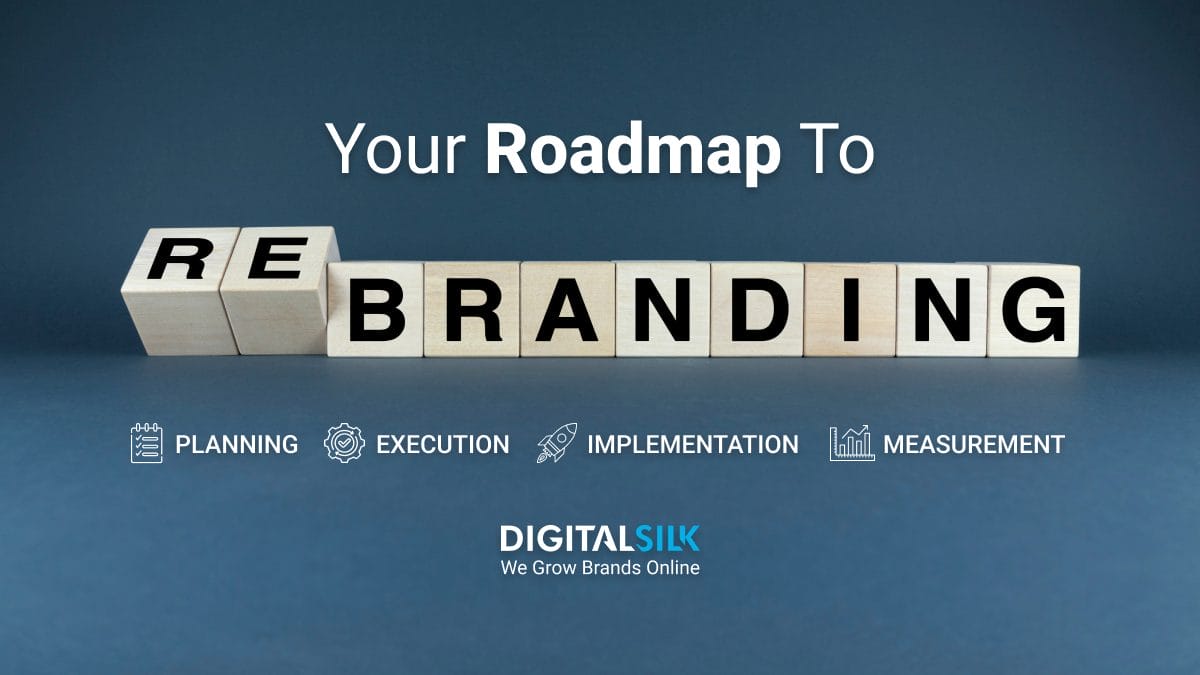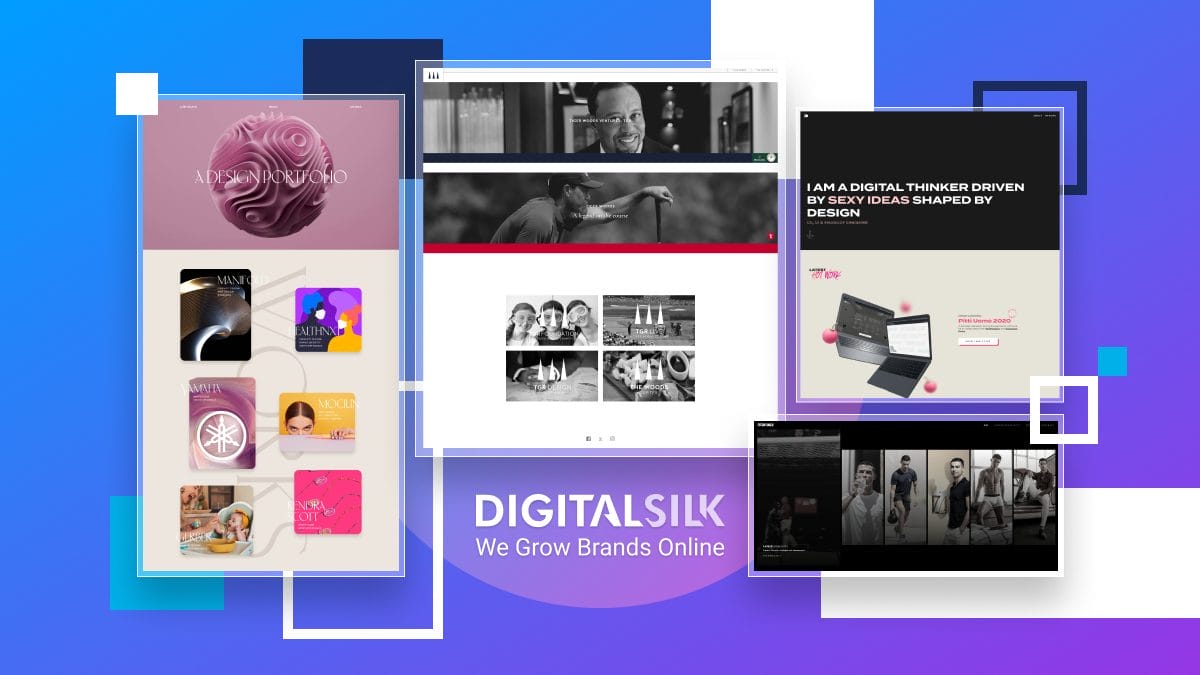On average, 4 out of 5 consumers want to trust a brand before even considering a purchase.
While you can’t sit down and have a conversation with each customer, yobu can streamline your messaging by creating a brand persona that reflects your values and resonates with your target demographic.
Below, we’ll consider the basics of defining your brand persona and share some impactful examples for your inspiration.
How To Create A Brand Persona
A brand persona is a fictional representation of your brand’s values, mission statements and overall objectives that make up the core of your messaging.
It humanizes your brand through an outward appearance and signature image and allows you to create an emotional connection with consumers and foster brand loyalty.
As an all-encompassing representation of your brand, creating your persona involves thorough research and strategic planning:
1. Determine Key Brand Aspects
Identify your core values, mission and messaging to see how they differ from the competition. This can help you establish a unique value proposition and define your market presence.
Your mission statement reflects your long-term purpose and determines the direction of your branding strategy. Think about what makes your business unique and how you can connect with audiences on a more personal level.
2. Analyze Your Target Audience
Only 42% of marketers know basic information about their target demographic — including age, gender and location. With proper client research, you can understand who they are, what they like and how they interact with your brand.
Begin with market segment research to narrow down your audience, implement analytics tools to monitor traffic and conduct online or in-person surveys to gather feedback and insights on new products or services.
What users would be interested in your brand? What are their interests, demographics and online behaviors? How can you best serve them and maintain a signature identity?
Once you incorporate these aspects into your branding strategy, you can create targeted content and tailor your marketing efforts for optimal engagement and conversions. This can help you attract new customers and build brand loyalty over time.
3. Examine Competitors’ Personas
Looking at the competition helps you identify gaps in the market and potential weak points and threats that may prove useful when creating your own strategy. You may find improvement and growth opportunities that your competitors might have missed.
For instance, if your branding centers around sustainability and eco-friendly practices but none of your competitors have that trait in their marketing strategy, you can leverage this competitive advantage to stand out against the competition.
Focus on the real benefits your business brings to consumers and you can positively impact their lives and the world.
4. Understand Your Market Position
Consider where you stand in the current market and how you want to be perceived by consumers. This directly impacts the tone, language and traits of your brand persona.
Think about how you want audiences to feel when interacting with your brand, the language and visuals that resonate with them and which values you want them to associate your business with.
For example, Domino’s uses a signature logo that resembles a domino game piece, evoking a sense of fun and playfulness.
This aligns with their branding as a fast and convenient pizza delivery service that caters to the needs of busy individuals or families.
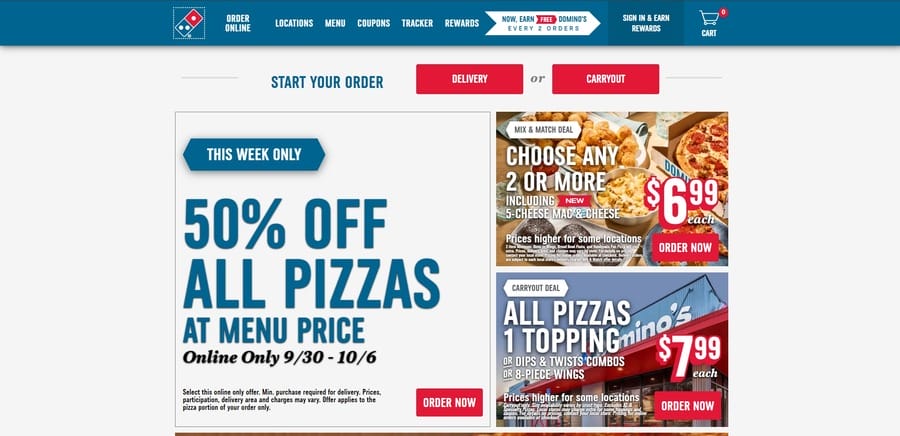
The brand understands its market position and target audience and has successfully created a strong persona to appeal to its customers.
This can be as simple as a new logo design that touches on your brand’s core values or a complete overhaul of your messaging and visuals. Include relevant symbols or color schemes that align with your personality and mission.
5. Create Your Persona
This doesn’t have to be a person either — it can be a visual, an object or an animal that encapsulates your core aspects and target demographic. It’s not about who or what it is but how you plan and develop your signature persona.
Show the real, human side of your brand that can bring people together and build meaningful connections with your audience.
Your brand persona should be consistent across all aspects of your business, from the visuals and language used in marketing materials to how customer service representatives interact with clients.
10 Strong Brand Persona Examples
While there’s no one-size-fits-all solution, brands have no shortage of possibilities and directions they can take with their signature persona.
When selecting interesting brand persona examples to share with you, we focused on brands that strongly connect with their target audience.
Each example showcases personas that resonate with their audience’s preferences and needs, which makes each of these brands memorable and relatable.
1. Patagonia
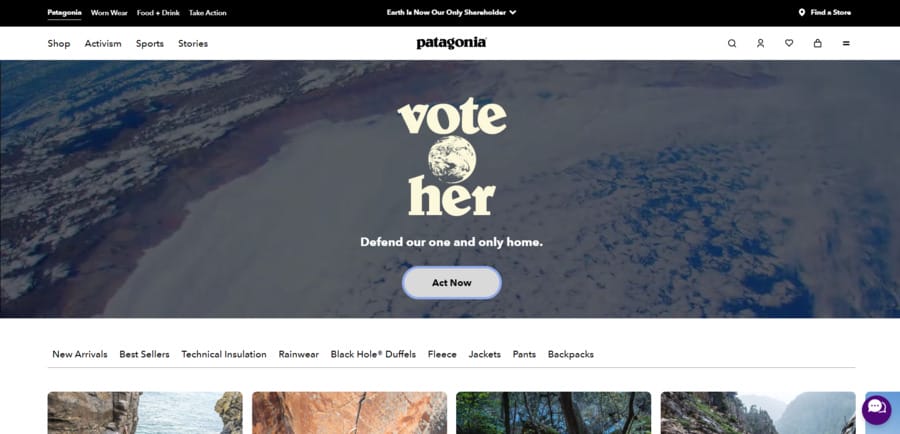
It’s hard to ignore Patagonia’s commanding and adventure-loving presence. There’s just something about the brand’s unwavering dedication to stepping out of your comfort zone and embracing the unknown that empowers and inspires its consumers.
The brand’s persona feels like an extension of its fun-loving and daring community, evident in its marketing strategies and core messaging.
Not to mention its bold stance on environmental activism and sustainable business practices — the brand sends a powerful message about taking care of our planet today to experience a better tomorrow.
2. Red Bull
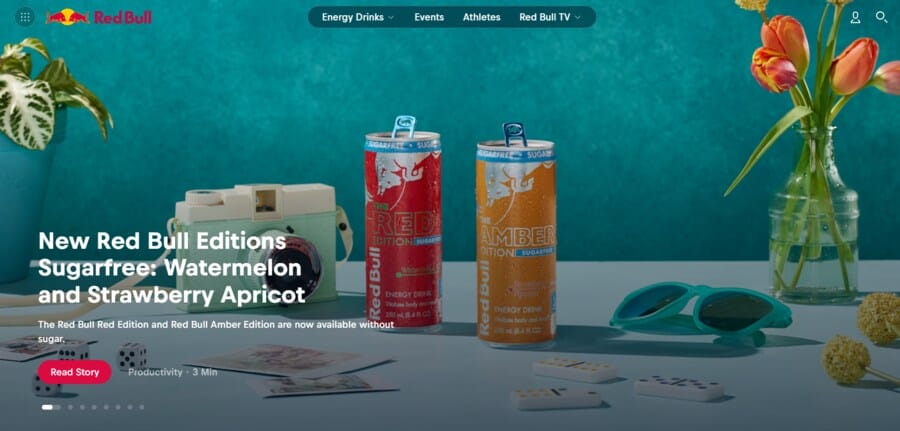
Red Bull strategically embraces the energetic, exciting and adrenaline-filled brand persona — turning it into a trademark lifestyle for its customers.
Most of the brand’s branding campaigns, visuals, commercials and sponsorships revolve around this dynamic lifestyle.
Thanks to its strong emphasis on pushing yourself to your limits and living life to the fullest, Red Bull has inspired a loyal following of sports enthusiasts, thrill seekers and even regular people hungry for adventure.
Every aspect of Red Bull’s persona — from its packaging to its marketing strategies — embodies an intense and unapologetic energy that resonates with its target audience.
3. Disney
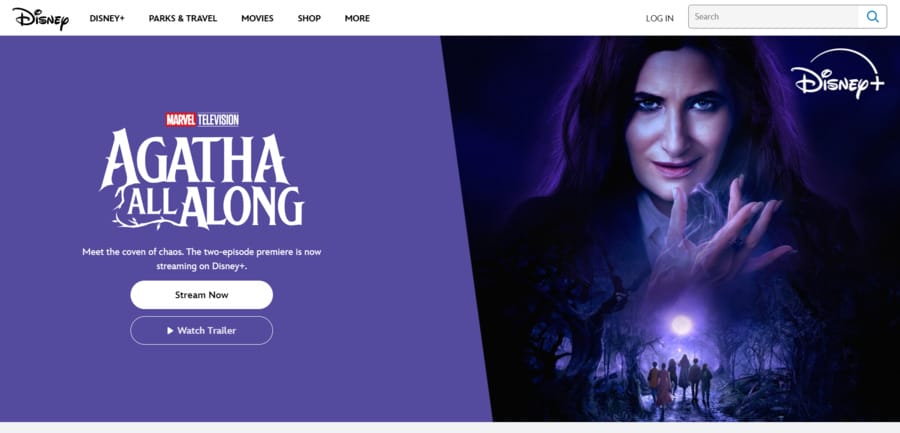
While Disney needs no introduction, its unique brand persona wears its heart on its sleeve.
Often seen as the most magical place on earth, Disney’s branding is synonymous with all things enchanting and nostalgic.
Even though it’s come a long way since its cartoonish and children-focused inception in favor of a more mature and wider-reaching audience, the brand stays true to its core values of wonder, imagination and family.
All this extends beyond theme parks and animated movies to accommodate live-action blockbuster franchises, streaming platforms and signature merchandise to deliver on its promise of magical escapism.
4. Dell
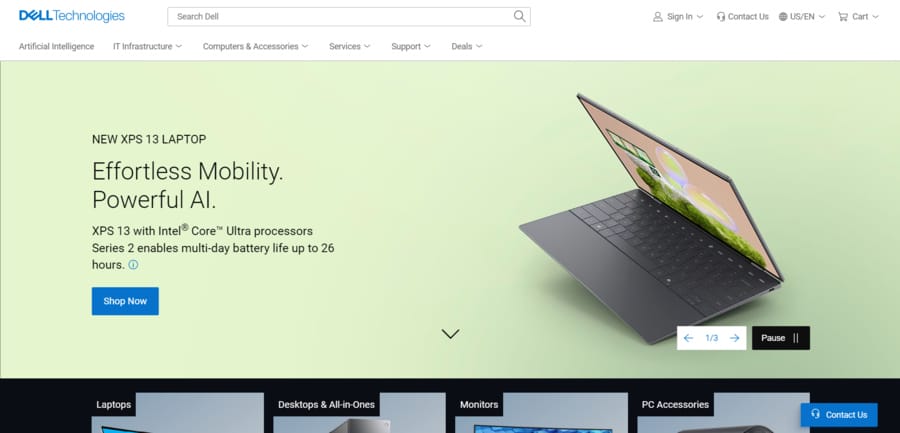
Embracing the leader within, Dell’s persona is all about innovation and empowerment.
Over the years, the company has positioned itself as a technology powerhouse, focused on manufacturing cutting-edge products and solutions that cater to both personal and professional profiles.
Dell’s messaging epitomizes industry-leading and forward-thinking strategies that allow continuous improvement and staying ahead of the curve in a packed digital market.
Dell positions itself as a catalyst for technological progress and upgrades while still maintaining a human-centered approach. It doesn’t compromise on quality and wants to make its product range user-friendly and accessible for people of all backgrounds.
5. Centred
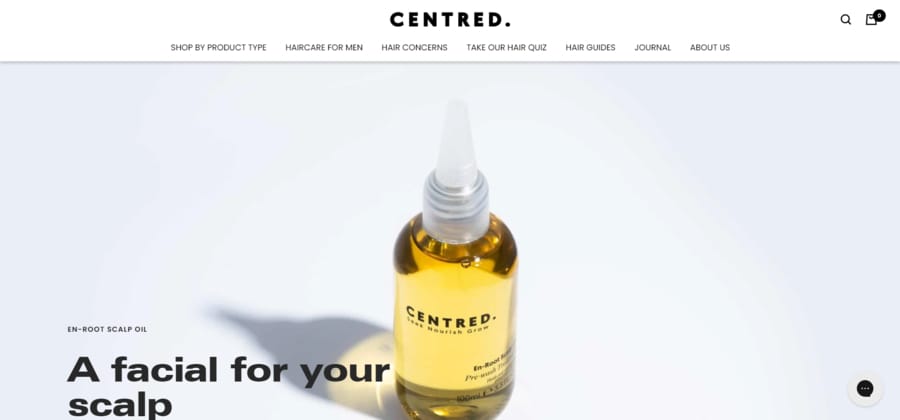
Centred understands its target audience’s pain points and offers a solution that addresses its customers’ main concerns.
With a strong focus on scalp health and holistic hair care, Centred exudes warmth, authenticity and inclusivity.
The brand’s approach is rooted in science and nature — boasting cruelty-free and all-natural ingredients that destigmatize hair loss and prioritize self-care.
The team also takes time to educate its customers on effective hair loss and thinning solutions while providing a safe space to discuss personal concerns and individual journeys.
6. McDonald’s
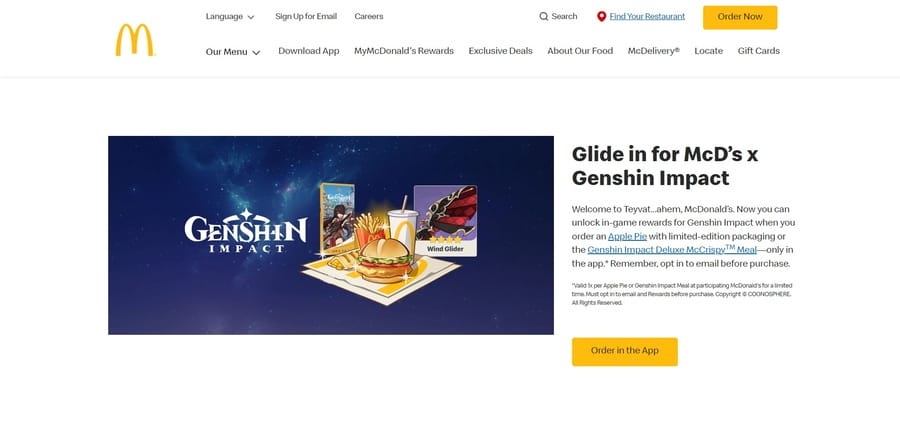
As a household name and a global icon in the fast-food industry, McDonald’s boasts a family-friendly image with signature golden arches and an all-too-familiar menu.
Despite its well-established fast-food items, the company embraces the changing health and wellness landscape by offering some healthier options to cater to a wider demographic.
It adapts its marketing strategies while maintaining its core identity and visual design.
7. McKinsey & Company
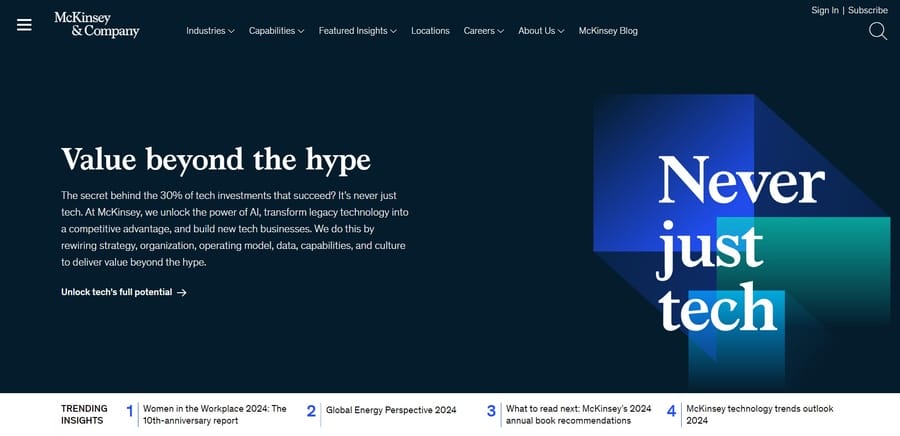
Flaunting its corporate powerhouse persona, McKinsey & Company is a global consulting firm that brings sexy back in B2B relations.
The sleek electric blue color palette, signature typography and clean-cut website design successfully capture the company’s essence and how it adapts to changing client needs.
The brand’s professional and sophisticated persona effectively taps into the pain points of its target audience and delivers results-driven solutions to meet client expectations.
8. Glossier
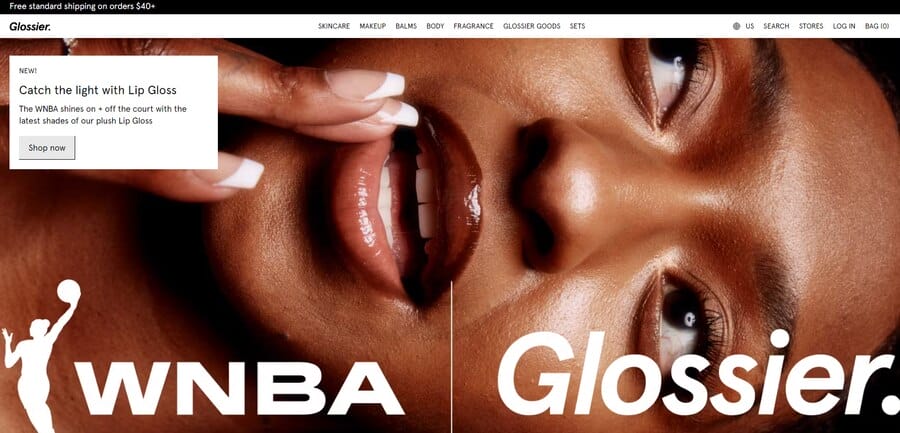
Glossier’s core values are all about effortless beauty and self-expression, with a focus on inclusivity and authenticity.
The company sees makeup and skincare as a way to enhance people’s features rather than cover them up, further solidifying its stance on self-love and acceptance.
There’s more to Glossier than just selling niche products — it’s a tight-knit community where customers can feel free to embrace their individuality and celebrate their differences.
9. Dove
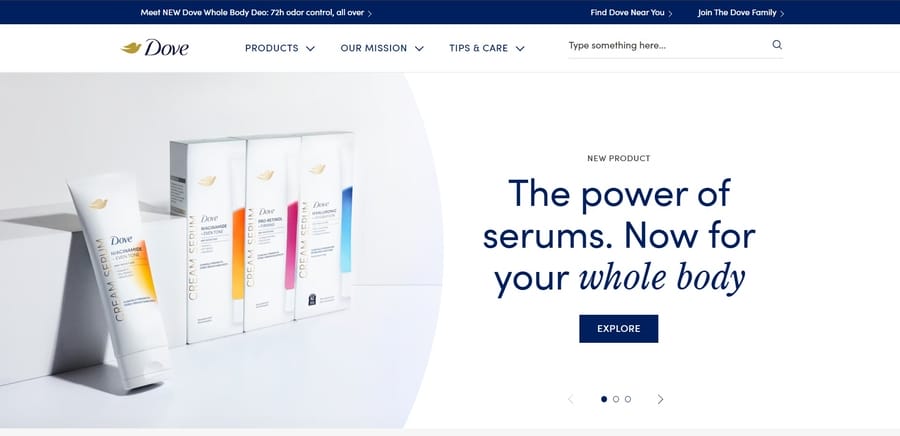
Dove jumps on the body positivity train and rides it straight to targeted ads and campaigns about embracing your natural features.
The brand’s signature Real Beauty campaign challenges modern and often unrealistic beauty standards, promotes diversity and encourages women to feel good about themselves.
It ditches AI-generated and airbrushed models in favor of realistic and unfiltered photos of women of all ages, shapes and colors.
10. Nike
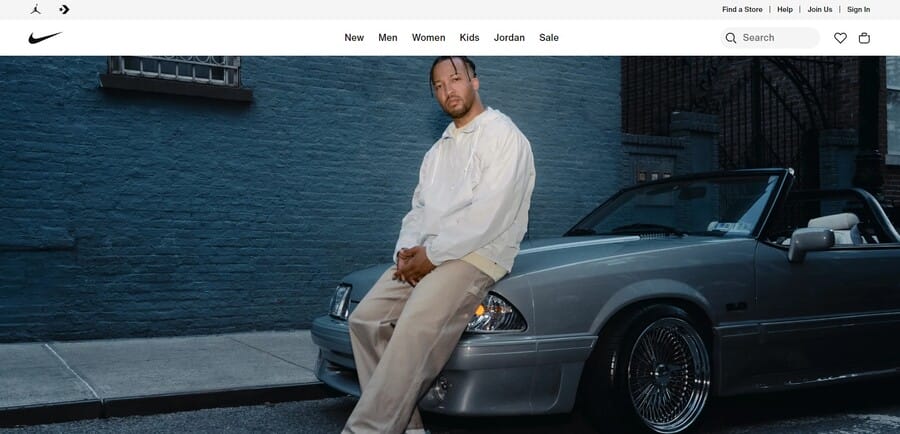
The motivated athlete is at the core of Nike’s brand persona — it encourages consumers to push their limits and go beyond their perceived potential.
This signature archetype is courageous, daring and determined, which is everything the brand stands for in the sports and fashion industry.
Nike aligns its signature values with those of aspiring athletes and regular people who refuse to be defined by their limitations or circumstances.
Digital Silk’s Brand Persona Portfolio
We help our clients define their unique personality and memorable brand voice through strategy, core messaging and visual design.
Jeneil Biotechnology

Our client Jeneil Biotechnology specializes in industrial fermentation, bioprocess development and scale-up, customized flavor development and matching.
After deep diving into industry trends and the competitive set, we crafted a unique and ownable position for the brand based on messaging areas of opportunity.
Jeneil’s website openly displays the company’s core values — a family-owned business with an entrepreneurial spirit that prioritizes integrity, accountability and respect.
Its undeniable commitment to biotechnology and innovation is evident through the state-of-the-art production facilities and the latest research and development backed by trained microbiologists and scientists.
The brand’s persona exudes expertise and serves as a key partner and essential ingredient in the fermentation process.
EV Universe
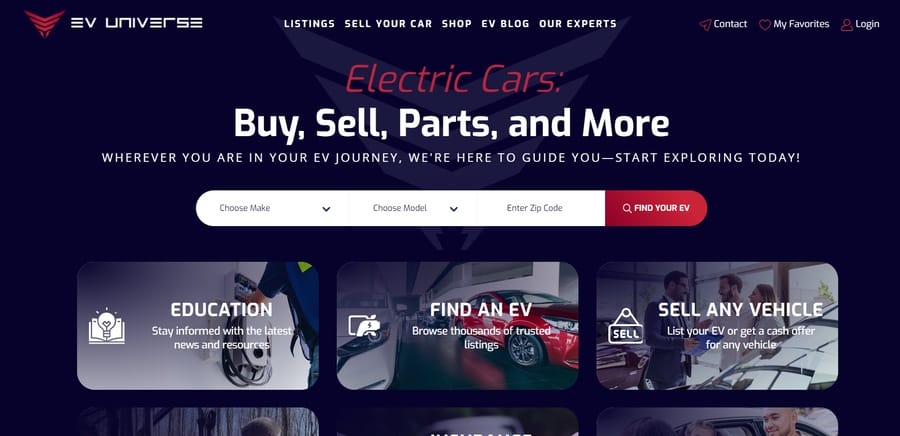
We positioned EV Universe as an online guide on consumers’ journey to going green with electric cars.
We included phrases like “car experts with an electrifying vision” and “transparency-driven and powered by expertise” to ignite curiosity and passion in the brand’s audience, making them feel like they’re a part of the electric car revolution.
Our team considered the company’s unique culture and traits and any aspirational brand examples they wanted to emulate.
Using this information, we crafted the foundations of their brand strategy, including mission, vision, promise and purpose.
Our final step involved matching the brand archetype and tone of voice to deliver a trustworthy and knowledgeable image to their target audience.
How Can Businesses Benefit From A Brand Persona?
Creating distinct attributes, consistent communication and effective marketing strategies as part of your brand persona can benefit your business in several ways.
- Market Differentiation: It showcases your unique character and values by establishing close rapport with consumers. Since 70% of marketers agree that brand awareness is the key to standing out in a saturated market, having a trademark persona to guide your marketing efforts can go a long way. It increases memorability, recall and evokes a genuine feeling with the target audience.
- Emphasis on Brand Benefits: Your brand is more than just the product or service you sell — it allows you to improve and add value to customers’ lives definitively. You can address clients’ pain points more effectively with a targeted and consistent persona.
- Client Acquisition and Retention: A notable 57% of consumers increase their spending when they feel connected to a particular brand. A well-defined persona builds mutual trust and helps foster long-term relationships.
Define Your Brand Persona With Digital Silk
When done effectively, your brand persona can be a powerful tool in building brand loyalty and establishing a strong emotional connection with your target demographic.
But, doing so requires experience and expertise — two areas that Digital Silk excels in.
Our team conducts thorough market research and understands your target audience’s needs and pain points to craft a persona that reflects your values and resonates with your customers.
As a professional web design company, our services include:
- Branding services
- Brand strategy and design
- Custom web design and development
- eCommerce design and development
- Digital marketing
- SEO services
During our partnership, we prioritize our three main values:
- Take project ownership: We take control of the research, ideation and execution.
- Provide total transparency: We keep you informed of every step, with no hidden costs or surprises.
- Deliver measurable results: We track your key performance indicators (KPIs) to ensure tangible results.
Have a branding project?
Contact our team, call us at (800) 206-9413 or fill in the Request a Quote form below to schedule a consultation.
"*" indicates required fields





